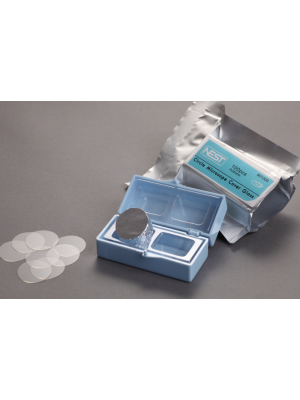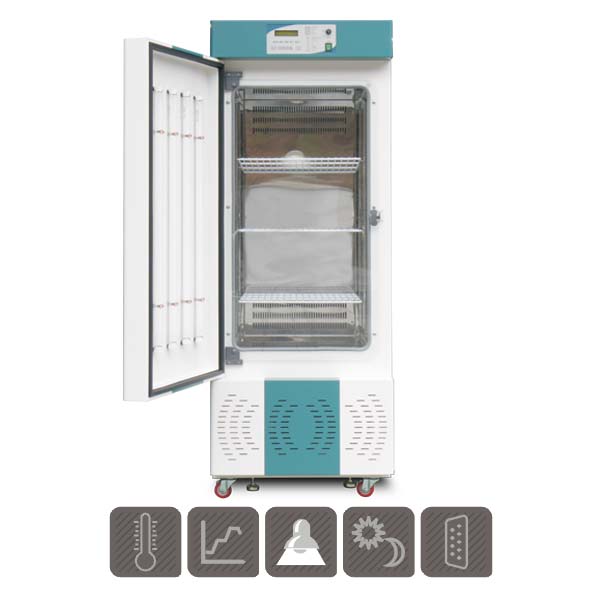

The advantages and drawbacks of each material type will be detailed along with relevant examples of how such scaffolds can influence stem cell behavior. Next, specific examples will be discussed for the three major categories of biomaterials: natural, synthetic, and ceramic-based. First, the different types of scaffold formulations are defined and critically analyzed. A wide range of natural and synthetic biomaterials have been evaluated as substrates for controlling stem cell behavior.

Such biomaterial scaffolds promote the viability and differentiation of stem cells seeded inside depending on the intrinsic properties of the material as well as the incorporation of specific chemical and physical cues into the material.

Since 1987, this field of study has expanded to include the design and development of implantable scaffolds with defined properties produced from a wide variety of biomaterials.

This definition reflected the state of the field at the time, which focused on the development of materials and coatings to prevent the rejection of implantable medical devices. In 1987, a group of experts defined the word biomaterial as “a non-viable material used in a medical device, intended to interact with biological systems”. The differentiation potential of stem cells makes them a valuable tool for such applications. Tissue engineering combines biomaterial scaffolds with these different types of cells to replace damaged organs. Limited to the tissue from which they were derivedĭerived from the inner cell mass of a blastocystĬan become any cell type from the organism from which they were derivedĪdult cells reprogrammed back into a pluripotent stateĪ variety of sources including bone marrow, fat, and peripheral bloodĬan differentiate into bone, cartilage, and adipose tissue Tissues including nerve, skin, cardiac, bone, blood, gut, liver, and teeth Different types of stem cells and their associated properties Type of Stem Cells


 0 kommentar(er)
0 kommentar(er)
